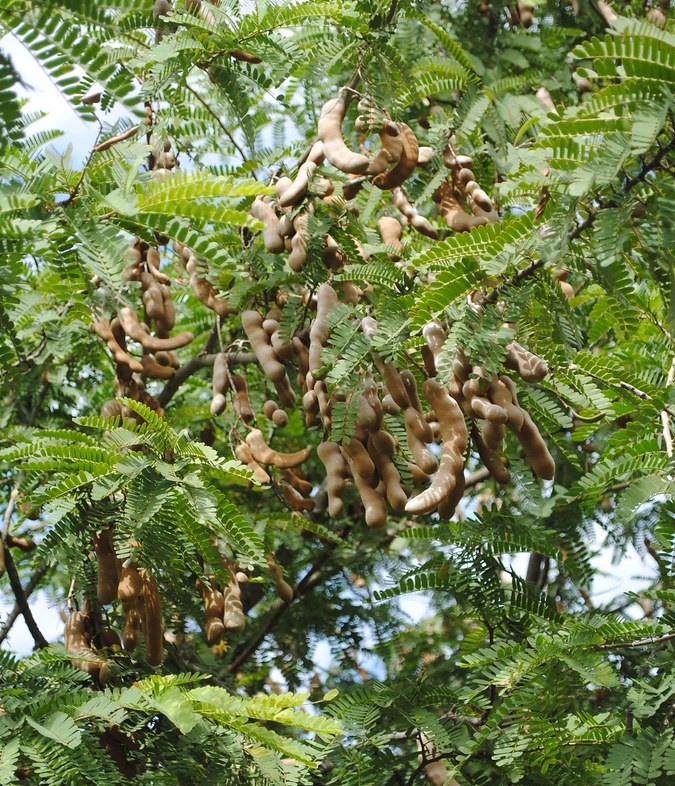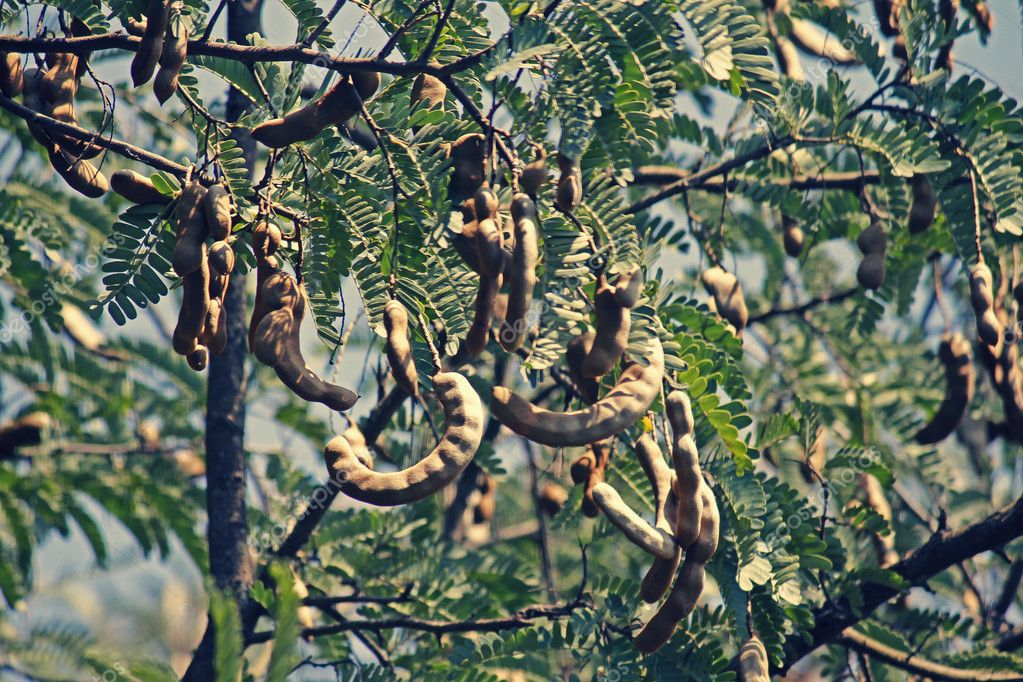TAMARIND
Tamarindus indica
|
Reference No : |
0000007 |
|---|---|
|
Scientific Name : |
Tamarindus indica |
|
Sinhala Name : |
සියඹලා (SIYAMBALA) |
|
Tamil Name : |
புளி மரம் (PULI MARAM) |
|
Other Common Names : |
Leguminous tree |
|
Synonyms : |
|
|
Plant Family : |
Fabaceae |
|
Plant Group : |
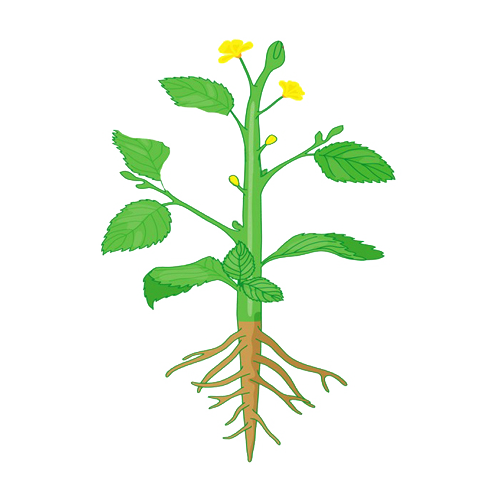 Angiosperms (Enclosed Seed) |
|
Plant Types : |
 Medium Tree
Medium Tree
|
|
Crown Architecture : |
 Spreading Canopy
Spreading Canopy
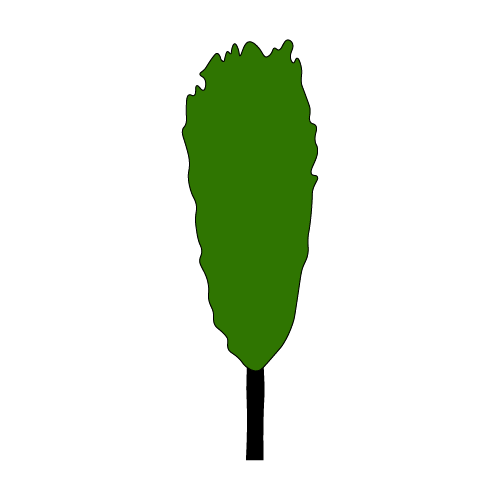 Upright Narrow Canopy
Upright Narrow Canopy
|
|
Plant Categories : |
Agricultural plants; Canopy plants; Colorful Plants; Common Landscaping Plants; Cooking Plants; Dry Zone Plants; Edible Plants; Flowering Plants; Forest Trees; Fruiting Plants; Herbal Plants; High Leaves Density Plants; Intermediate Zone Plants; Kitchen Garden Plants; Large Trees; Light Green Plants; Ornamental Plants; Parking Area Plants; Roadside Plants; Seasonal Plant; Shady Plants; Small Leaves Plants; Straight plants; Sun Loving Plants; Trees; Wild Plants; Wind Controlling Plants; Wood Value Plants |
|
Native Region(s) : |
Tropical Africa |
|
Plant Distribution(s) : |
Widespread through the tropics and subtropics. from Africa to South Asia.; Northern Australia; Throughout Oceania; South Asia; Taiwan and China. |
|
Habitat : |
Low-altitude woodland, savannah and bush, often associated with termite mounds. Prefers semi-arid areas and wooded grassland, and can also be found growing along stream and riverbanks |
|
Elevation : |
Above sea level up to 1,500 m |
|
Average Height : |
20.00 |
|
Maximum Height : |
30.00 |
|
Average Width : |
10.00 |
|
Maximum Width : |
15.00 |
|
Root System(s) : |
Tap Root |
|
Propogation(s) : |
By Seeds; By Grafting; By Layering |
|
Average Longevity : |
50.00 |
|
Medicinal Use : |
Yes |
|
Medicinal Value : |
Leaves, Bark, Flowers, Fruits and Seeds for Swelling, Pain, Excessive thirst, Burning Sensation, Fever, Haemorrhoids, Oral Diseases, Rectal Prolepses, Constipation, Dysuria, Leucorrhoea, Vomitting, Eye Disease, Muscle stiffness and Hernia in Sinhala Ayurveda |
|
Special Features : |
Strong Stem Long lifespan Use as a Spices Seedpod - raw or cooked. An acid flavour The roasted seed is also used as a coffee substitute Young leaves - raw or cooked Seedlings, when about 30cm tall, are used as a vegetable; added to salads Flowers - raw in salads or cooked |
|
Plant Disease(s) : |
No serious insect or disease problems. |
Foliage |
|
|
Leaf Shape : |
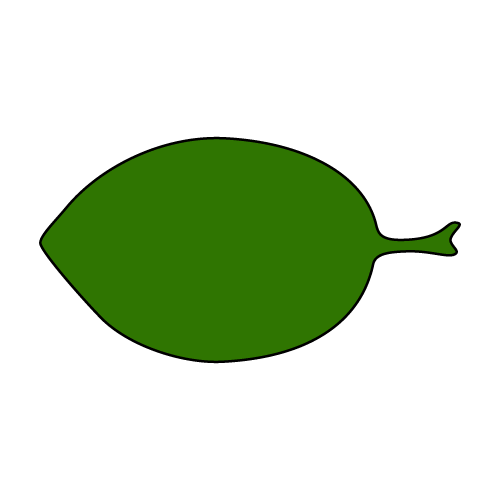 Obtuse shape
Obtuse shape
|
|
Arrangements : |
Simple |
|
Leaf Arrangement : |
 Even pinnate leaf arrangement
Even pinnate leaf arrangement
|
|
Leaves : |
About 8-20 pairs of leaflets; Leaflets are bright green, elliptic-ovular, pinnately veined, and less than 5 cm (2 in) in length Leaflets: Rachis is 7–15 cm long with six to 20 pairs of opposite leaflets. |
Flowering |
|
|
Is Flowering : |
Yes |
|
Blossoms : |
In small, lax spikes about 2.5 cm in width. Flower buds completely enclosed by 2 bracteoles, which fall very early; sepals 4, petals 5, the upper 3 well developed, the lower 2 minute |
|
Blooming Season : |
April; May; June |
Fruiting |
|
|
Bears Fruits : |
Yes |
|
Fruit : |
The fruit is an indehiscent legume, sometimes called a pod, 12 to 15 cm (4 1⁄2 to 6 in) in length, with a hard, brown shell. The fruit has a fleshy, juicy, acidic pulp. It is mature when the flesh is coloured brown or reddish brown. The tamarinds of Asia have longer pods |
|
Fruiting Season : |
January; February; March; April; May; June; July; August; September; October; December |
|
Seeds : |
Containing 6 to 12 seeds; somewhat flattened, and a glossy brown. |
Maintenance |
|
|
Level : |
Medium |
|
Soil Types : |
Sandy Soil; Clay Soil; Loam Soil; Acidic (pH 5.5>) to Alkaline (pH 8.5 <); Well Drained Soil |
|
Water : |
Medium/Moderate |
|
Sunlight : |
Full |
|
Humidity : |
Low |
Edibility |
|
Legal Status |
|
If you find any errors, please email us at info@biophilia.lk
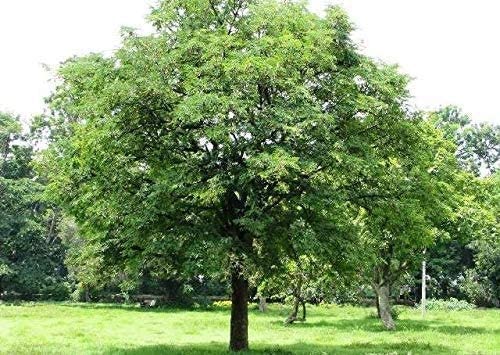
.png)
